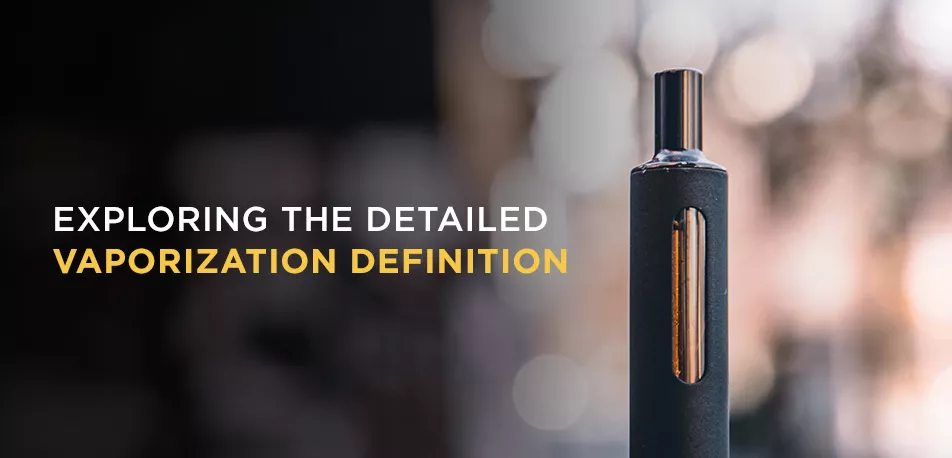
While most people understand that e-cigarettes produce vapor, versus the smoke from a cigarette, few actually understand the underlying mechanics that go into producing vapor with every puff. To learn more about vaporization, how vapor is made, and more, keep reading.
VAPORIZATION DEFINITION
Vaporization is defined as an element’s phase of transitioning from a liquid state to a gaseous vapor. Heat is applied to a liquid in order to create this vaporization. Since molecules within a substance are held together using a cohesive force, a process must ensue enabling the separation ofatoms. Heat slows down the movement of the atoms within the liquid, in turn transforming the material’s physical state into a vapor.
WHAT VAPORIZATION IS NOT
In order to truly understand vaporization, you must also understand what vaporization is not. Vapor is not smoke. Vaporization does not involve any smoke or flame. It also does not involve any boiling of the e-liquid or combustion. The e-liquid simply transforms into a vapor once it interacts with heat.
WHAT IS BEING VAPORIZED?
Logic refills are prefilled with flavored e-liquid. The ingredients in our e-liquid can be found on the back of any refill package and on our website. This includes: Propylene Glycol, Glycerin, Nicotine, and other Flavorings. When this combination of elements is heated in a Logic device, the e-liquid then turns into an inhalable flavored vapor.
Now that we’ve outlined the true vaporization definition, we hope our loyal vapers have a better understanding of how their vapor is created.
